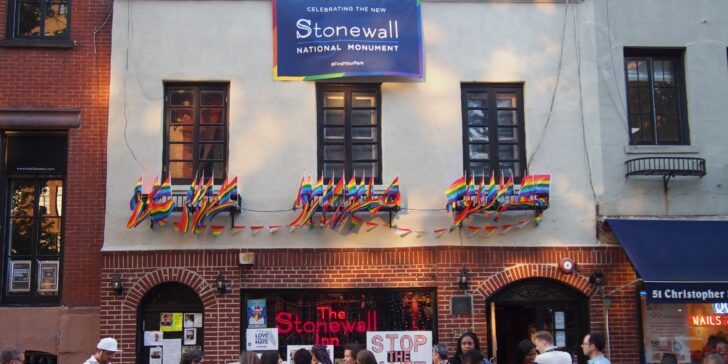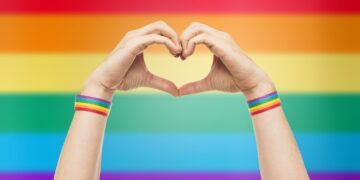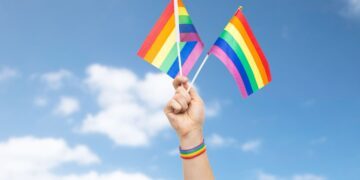If you attend a parade or event during Pride Month, you will likely hear about the Stonewall Riots.
The riots are hailed as a turning point in LGBTQIA+ history and are believed to have spurred decades of progress that followed.
But what exactly happened during the Stonewall Riots? What made it such a significant moment for the LGBTQIA+ community? And what is the impact of the riots today?
Here is your chance to find out everything you want to know!
What set off the Stonewall Riots?
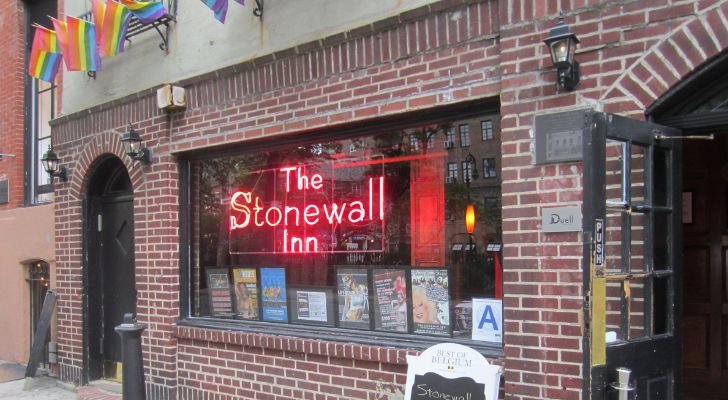
The riots were named after the Stonewall Inn, where the riots took place. This bar in Greenwich Village, New York, was popular with the LGBTQIA+ community.
It was a safe place where gay, lesbian, and transgender people could get together to drink and dance. At the time of the Stonewall Riots, it was illegal to be gay in almost every American state.
Gay bars and restaurants in New York had to keep a low profile. Bars would be raided and closed by the police simply for employing gay people or serving those from the LGBTQIA+ community.
Because of this, many gay bars and clubs were run by members of the Mafia.
The Stonewall Inn was no different, and a man from the Genovese crime family, known as “Fat Tony,” was in charge. He would pay the police to stay away or give him a heads-up when they were planning to visit.
This was the reality for LGBTQIA+ people living in America at the time.
Illinois was the only state where same-sex relations had been decriminalized after changes were made to the law in the early 1960s.
Protests and campaigns for LGBTQIA+ rights had been ongoing for several years, led by campaign groups like the Mattachine Society.
By the time of the Stonewall Riots, people were desperate for change.
What happened during the Stonewall Riots?
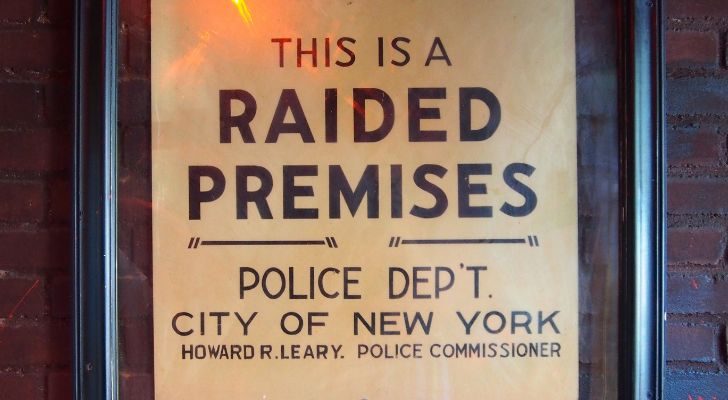
When police came to raid the Stonewall Inn in June 1969, they did not imagine the backlash that would follow.
They first arrived on June 24 and arrested some employees. They also confiscated illegal alcohol inside the bar (the law at the time stated that LGBTQIA+ people could not be served alcohol in public places).
The police planned to shut down the Stonewall Inn entirely when they returned a few days later as part of the New York mayor’s attempts to crack down on gay bars.
Some claim that Fat Tony had stopped bribing the police because the Stonewall Inn was generating so much money from patrons, so nobody knew the raid would happen.
Eight undercover police officers returned in the early hours of June 28, targeting drag queens and drag kings as well as Stonewall employees.
Passersby in this popular gay community watched the scene unfold. More police officers arrived, and patrons of the Stonewall Inn were taken into a police van.
There are different accounts of precisely what happened during that night. But there is one thing everyone agrees on – fighting broke out between the police and the people being arrested.
Some reports say that those fighting back included drag king and gay rights activist Stormé DeLarverie and transgender activists, Marsha P. Johnson and Sylvia Rivera.
The crowd grew as the riots continued long after midnight, and more people became involved.
Glass bottles and other hard objects were thrown at the police by rioters. Some people even used matches and lighter fluid to create improvised firebombs. The police were forced to take shelter and lock themselves inside the Stonewall Inn.
The first night of protests calmed around 4 a.m., but they didn’t stop there. Police were called out repeatedly for the next few days, as the riots continued until July 2.
While nobody is quite sure who threw the first punch, it is clear that the Stonewall Riots marked the beginning of a renewed LGBTQIA+ revolution.
What impact did the Stonewall Riots have?
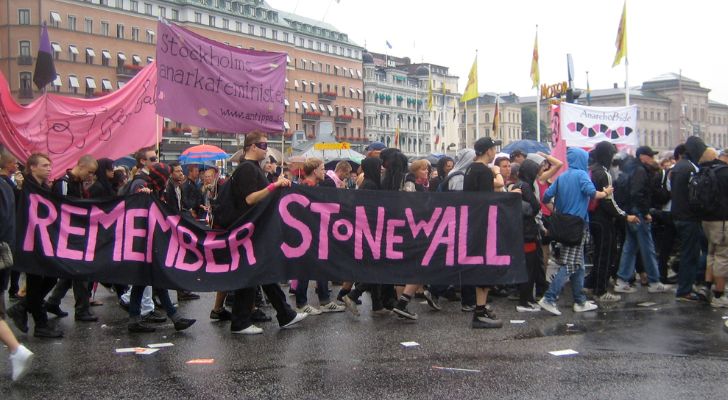
The Stonewall Riots were by no means the start of the LGBTQIA+ rights movement. Other protests had occurred before June 1969, including in New York. Still, none was as groundbreaking as what happened at the Stonewall Inn.
On June 28, 1970, the first gay pride parade marched through New York City. Beginning at the Stonewall Inn, hundreds of people joined together as part of the city’s inaugural Gay Pride Week.
Known as the Christopher Street Liberation Day March, it marked the first anniversary of the Stonewall Riots.
Taking inspiration from New York, other American cities also hosted parades that same year.
People marched in Boston, Chicago, Los Angeles, and San Francisco to raise awareness of the challenges facing the LGBTQIA+ community and the fight for their rights.
Over the coming years, the re-energized activism that flowed from Stonewall spread to other parts of the world.
LGBTQIA+ campaigns were ignited in many countries, including Australia, Canada, France, Germany, New Zealand, and the United Kingdom.
By the late 1970s, laws had been passed in the United States that protected gay people from being fired from their jobs. More anti-discrimination laws were passed in the following years.
Sodomy laws were finally ruled unconstitutional in 2003, marking another turning point in the history of the LGBTQIA+ movement.
Gay marriage was legalized in New York state in June 2011, exactly 42 years since the beginning of the Stonewall Riots. By June 2015, it was legal in every U.S. state.
LGBTQIA+ people had long been a target for law enforcement officials, and in June 1969, they fought back to show the world that enough was enough. Days of rioting in New York’s Greenwich Village became a crucial moment in the history of this campaign.
As pride marches continue each year and Pride Month is celebrated in June, we are reminded of why the Stonewall Riots broke out and how important they were.
It is fascinating to think of the long-term impact the riots had on the LGBTQIA+ community in America and beyond. Thousands of people are now protected from discrimination, and same-sex marriage is legal today in more than 30 countries!

